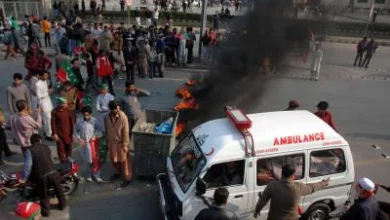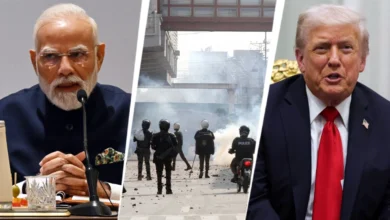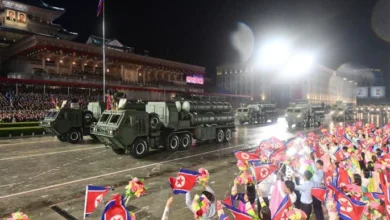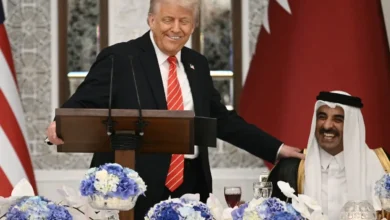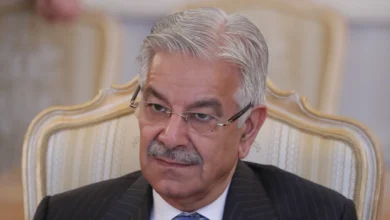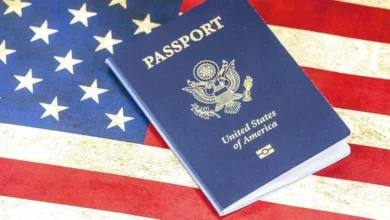Pakistan at China’s Command: Proxy War on India, Debt Trap at Home-Sri Lanka 2.0
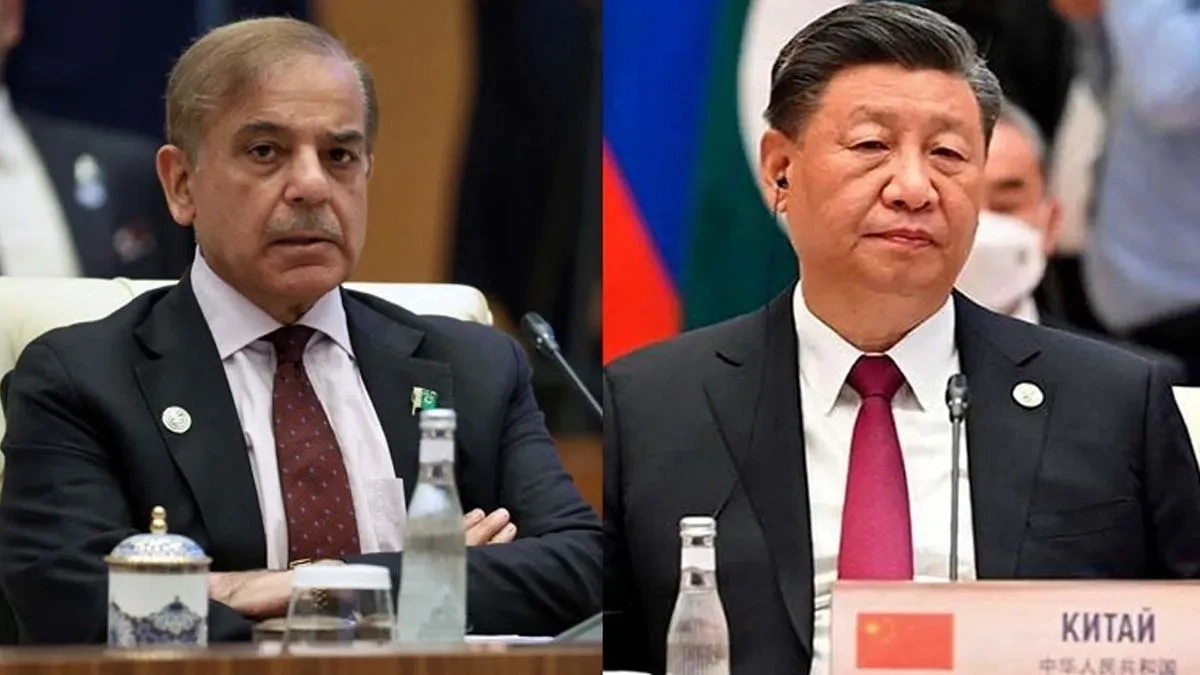
Recent remarks by India’s Deputy Army Chief, Lt Gen Rahul R Singh, have put the spotlight back on the extent to which Pakistan has become a proxy for Chinese military ambitions.
During the May 2025 conflict, China not only supplied Pakistan with advanced weaponry — such as J-10C fighter jets, PL-15 missiles and HQ-9 air defense systems-but also provided real-time intelligence, effectively turning the conflict into a “live laboratory” for testing Chinese arms against Western and Russian systems fielded by India. This synergy allowed China to evaluate its military technology in real combat, without direct involvement or risk to its own forces.
The ‘Borrowed Knife’ Doctrine in Action
China’s approach aligns with its ancient strategic dictum: ‘kill by a borrowed knife.’ Rather than engaging India directly, Beijing leverages Pakistan to ‘inflict pain’ on its behalf, using the subcontinent as a proving ground for its military exports and tactics. With these moves, Beijing is advancing its defense interests, and also keeps India strategically distracted and contained.
Pakistan’s Military Dependency on China
81% of Pakistan’s military hardware is Chinese-a staggering figure that highlights Islamabad’s near-total reliance on Beijing for its defense needs.
Pakistan’s arsenal now includes hundreds of Chinese-origin fighters (JF-17, J-10C), advanced missiles, drones, tanks and air defense systems.
China Uses Pakistan As ‘Live Lab’ For Weapons Testing, Says Indian Army Deputy Chief
Joint military exercises, intelligence sharing and even real-time battlefield support have become routine, further deepening the operational integration between the two militaries.
Economic Parallels: The Sri Lanka Precedent
Pakistan’s growing military dependence is mirrored by its economic entanglement with China, particularly through the China-Pakistan Economic Corridor (CPEC). Like Sri Lanka, which ceded control of Hambantota port after failing to service Chinese loans, Pakistan is now facing a mounting debt crisis:
China accounts for roughly 22% of Pakistan’s external debt (about $28.8 billion as of 2025), with CPEC repayments alone surging by 44% in the last fiscal year.
Islamabad has repeatedly sought debt rescheduling, currency swaps, and loan rollovers from Beijing, but these measures only delay the inevitable reckoning.
Pakistan is projected to pay $40 billion to China over 20 years on a $26.5 billion CPEC investment-an outflow that severely constrains its economic sovereignty.
‘Had 30-45 Seconds To React’: Pakistan PM’s Aide Recalls BrahMos Missile Scare
A Pound of Flesh: What Lies Ahead
China’s current support-military and financial-comes at a steep price. While Beijing is content to extract its ‘pound of flesh’ now, the terms of engagement suggest it will demand an even greater share of Pakistan’s strategic assets and policy autonomy in the future. The risk is that, like Sri Lanka, Pakistan could find itself forced to cede control over critical infrastructure (such as Gwadar port) or make policy concessions that undermine its sovereignty.
A Doom and Gloom Scenario
Military Overdependence: Pakistan’s ability to counter India is now almost entirely predicated on Chinese largesse. This leaves Islamabad vulnerable to Beijing’s strategic whims and limits its freedom of action.
Economic Entrapment: The debt spiral and CPEC’s opaque terms have already eroded Pakistan’s fiscal independence, with further defaults or asset transfers looming.
Strategic Isolation: As China’s ‘all-weather ally,’ Pakistan risks alienating other partners and becoming a pawn in Beijing’s regional chessboard, with little leverage of its own.
India Bans Social Media Accounts Of Pakistan Actors, Cricketers Again
The Fine Print
Pakistan’s trajectory-militarily and economically-bears an uncanny resemblance to Sri Lanka’s cautionary tale. By working at China’s behest, Islamabad has mortgaged its future for short-term gains, both on the battlefield and in the balance sheets.
The ‘live lab’ of May 2025 may have showcased Chinese military prowess, but for Pakistan, it has only deepened its dependency and heightened the risk of a future where China’s demands will grow ever more exacting. The scenario is precarious, and the cost of this alliance will ultimately prove unsustainable for Pakistan, in all likelihood.
